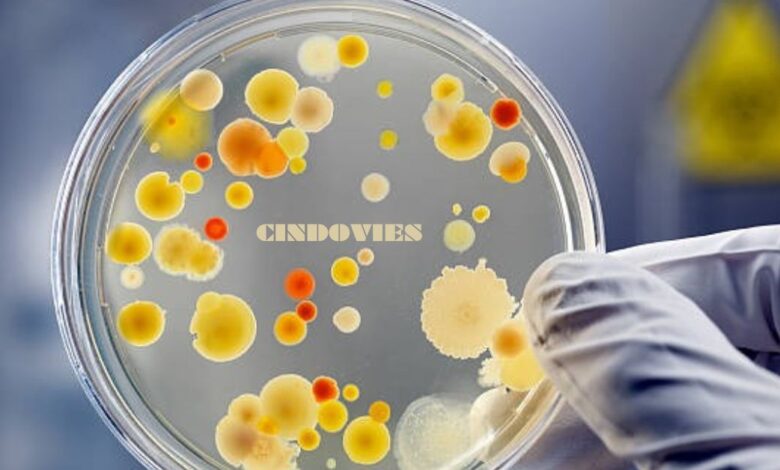Cindovies: Unveiling Origins, Properties, and Effects – An Exploration

This guide delves into the interesting world of Cindovies, exploring their history, characteristics, and consequences. Our studies attempt to provide light on the relevance of these singular things in both natural and artificial settings.
Introduction
Science is fascinated by cindovies, or “Cinematic Microorganisms,” because of their mysterious past and unique abilities. Despite their small stature, microbes have had a profound impact on industries as diverse as filmmaking, biology, and technology.
Origins of Cindovies
Cindovies emerged as a result of the merging of several scientific fields. It was not until the late 20th century that scientists discovered Cindovies thriving under the tremendous heat and pressure of deep marine thermal vents. The conditions there helped them develop into species with special adaptations.
Properties of Cindovies
Cindovies are fascinating as a subject of research due to their many unique characteristics:
1. Bioluminescence
Bioluminescence is one of the most fascinating aspects of Cin’dovies. The chemical interaction inside these microbes causes them to release light, giving off a mystical glow. This feature has received a lot of attention in the film industry, as Cindovies are used to generate eye-popping special effects.
2. Heat Resistance
The capacity of cindovies to survive extremely high temperatures is exceptional. Researchers interested in biotechnological applications have taken notice of these hardy bacteria because they may be used in the creation of fireproof materials and protective coatings.
3. Adaptability
Scientists are looking at the possibilities of Cindovies in bioremediation because of their resilience to harsh settings. The potential use of these microbes in cleaning up contaminated habitats through the metabolism of toxic compounds is exciting news for the field of environmental restoration.
Effects and Applications
Beyond the scientific community, Cindovies has had an impact on a wide range of fields:
1. Cinematography and Visual Arts
The introduction of Cindovies into filmmaking was a game-changer for the industry of special effects. Filmmakers may use the naturally occurring bioluminescence of these microbes to create stunning visuals that will captivate audiences and add depth to their stories.
2. Biotechnology and Materials Science
Cin’dovies’ heat resistance and versatility have encouraged new developments in materials research. Aerospace and construction, two fields where durability and resistance are of the utmost importance, are two areas where researchers are looking at using Cin’dovie-inspired materials.
3. Environmental Restoration
They provide a glimpse of hope for restoring degraded ecosystems in the field of environmental research. Researchers are looking at the feasibility of bioremediation programmes, which use organisms’ inherent capacity to degrade contaminants to bring ecological systems back into harmony after human interference.
Conclusion
Cindovies are proof of the incredible adaptability and creativity seen in the natural world. Their beginnings in harsh conditions, along with their one-of-a-kind qualities, have had far-reaching consequences in fields as diverse as the mesmerizing realm of film and the leading edge of biotechnology and environmental restoration. There will be astonishing applications and discoveries that will affect the future of science and industry as our knowledge of these bacteria grows.
Our goal is to add to the existing body of information about these fascinating creatures by offering a comprehensive analysis of Cin’dovies, including their evolution, characteristics, and impacts. As curiosity grows about their potential, Cin’dovies shine as a paradigm of how nature can serve as a source of inspiration and innovation in a wide range of industries.


